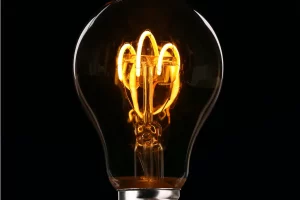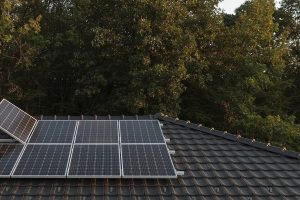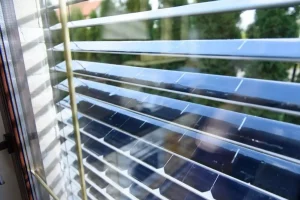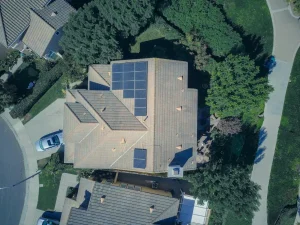Among the many technological advancements that enhance the efficiency of solar energy systems, Maximum Power Point Tracking (MPPT) stands out as a critical component. This article delves into what MPPT is, the benefits it brings, the differences between solar inverters with and without MPPT, and offers guidance on choosing the right solar inverter for your needs.
What is MPPT?
Maximum Power Point Tracking (MPPT) is a technology used in solar inverters to optimize the power output from a photovoltaic (PV) system. The amount of power that a solar panel can produce varies with sunlight intensity, temperature, and other environmental conditions. Each solar panel has a specific point at which it operates most efficiently, known as the Maximum Power Point (MPP). MPPT systems continuously adjust the electrical operating point of the modules or array, ensuring that they always operate at their MPP.
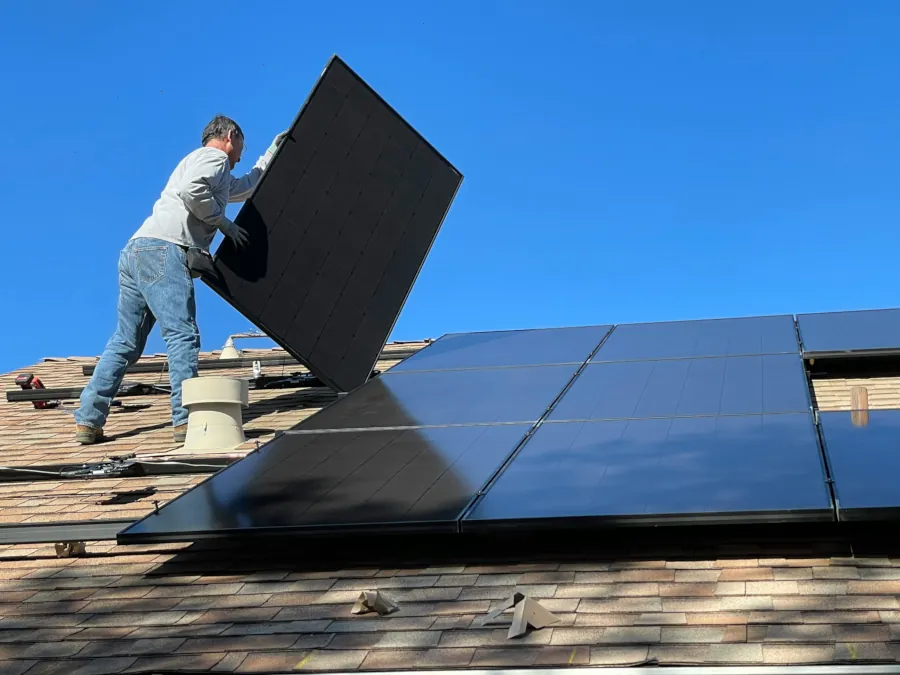
An MPPT controller works by constantly monitoring the voltage and current output of the PV panels and using an algorithm to find the MPP. This ensures that the system extracts the maximum possible power at any given time, even as conditions change throughout the day and across different seasons.
Benefits of MPPT
- Increased Efficiency: MPPT can increase the efficiency of a solar power system by 20-30% compared to systems without MPPT. This is because MPPT continuously optimizes the power extraction, adapting to the fluctuating conditions.
- Better Performance in Variable Conditions: Solar irradiance and temperature can change frequently. MPPT allows the system to adjust dynamically to these changes, ensuring optimal performance even under less-than-ideal conditions such as cloudy weather or shading on the panels.
- Maximized Energy Harvest: By ensuring that the solar panels are always operating at their peak efficiency, MPPT maximizes the total energy harvested from the PV system. This is particularly important for maximizing the return on investment for solar installations.
- Extended Lifespan of Solar Components: Operating solar panels and batteries within their optimal ranges can help in prolonging their lifespan. MPPT ensures that panels are not exposed to excessive stress by keeping them at their MPP, reducing wear and tear.
Differences Between Solar Inverters with MPPT and Without MPPT
Solar Inverters Without MPPT
Traditional solar inverters without MPPT are simpler in design and generally cheaper. These inverters operate at a fixed voltage or a preset range that may not always correspond to the MPP of the solar panels. As a result, they are less efficient, especially when environmental conditions deviate from the optimal scenario.
- Lower Efficiency: Inverters without MPPT can miss out on the potential power available from the PV system, especially during times of fluctuating sunlight and temperature.
- Limited Adaptability: These systems are not capable of adjusting to changing environmental conditions, leading to suboptimal performance during variable weather conditions or partial shading.
- Cost-Effective for Small, Simple Systems: For small-scale applications where the cost is a significant concern, and the installation environment is relatively stable, inverters without MPPT might still be a viable option.
Solar Inverters with MPPT
Inverters equipped with MPPT technology are designed to maximize the power output from PV systems by continuously adjusting the operating point. These inverters are more complex and typically more expensive but offer significant advantages in terms of performance and efficiency.
- Higher Efficiency: MPPT ensures that the solar panels operate at their maximum power point, extracting the highest possible power output and significantly improving system efficiency.
- Adaptability: These inverters can adjust to changing weather conditions, ensuring consistent performance and higher energy yields throughout the day and across different seasons.
- Better Return on Investment: The increased efficiency and energy yield often justify the higher initial cost of MPPT-equipped inverters, leading to better long-term returns.
Which is better – Solar Inverter with MPPT or with PWR
When comparing MPPT (Maximum Power Point Tracking) and PWM (Pulse Width Modulation) in solar inverters, it’s essential to understand their operational differences and the contexts in which each excels. MPPT controllers are designed to maximize the power output from solar panels by continuously adjusting the electrical operating point. This allows the system to operate at its optimal power point, regardless of changing environmental conditions such as fluctuating sunlight and temperature. Consequently, MPPT controllers can significantly boost the efficiency of a solar power system, often by 20-30% compared to PWM controllers. They are especially advantageous in larger installations or environments where panels experience shading or varying weather conditions.
In contrast, PWM controllers are simpler and more cost-effective. They maintain a constant voltage output from the solar panels to the battery bank, effectively ensuring that the batteries are charged without being overcharged. However, they do not dynamically adjust to the varying power output of the panels, resulting in lower overall efficiency. PWM controllers are best suited for smaller systems or applications where budget constraints are significant, and environmental conditions are relatively stable. They provide a straightforward solution for basic solar setups but fall short in maximizing energy harvest compared to their MPPT counterparts.
In summary, MPPT controllers offer superior efficiency and adaptability, making them ideal for maximizing energy yield in complex or variable conditions. Conversely, PWM controllers offer a budget-friendly and simpler option for more straightforward solar installations. The choice between MPPT and PWM depends largely on the specific requirements, budget, and environmental conditions of the solar power system.
Choosing the Right Solar Inverter
When selecting a solar inverter, several factors should be considered to ensure that the chosen system meets your needs and maximizes the benefits of your solar installation.
- System Size and Budget: For small systems with limited budgets, a non-MPPT inverter might be adequate. However, for larger installations, or where maximizing efficiency and energy yield is critical, investing in an MPPT-equipped inverter is advisable.
- Environmental Conditions: If the solar installation is in an area with highly variable weather conditions or partial shading, an MPPT inverter will offer significant performance benefits. In more stable environments, the difference might be less pronounced.
- Energy Needs: Assess your energy consumption patterns. If your energy needs are high and consistent, the enhanced efficiency of an MPPT inverter will provide better value.
- Future Expansion: Consider whether you plan to expand your solar installation in the future. MPPT inverters are more adaptable to system expansions, ensuring continued optimal performance as you add more panels.
- Manufacturer and Warranty: Choose reputable manufacturers that offer robust warranties and reliable customer support. The inverter is a crucial component of your solar system, and ensuring its longevity and performance is essential.
Conclusion
MPPT technology represents a significant advancement in the field of solar energy, offering substantial improvements in efficiency and performance. While the initial cost of MPPT-equipped inverters is higher, the long-term benefits in terms of energy yield and return on investment make them a superior choice for most solar installations. By understanding the role of MPPT and carefully considering your specific needs and conditions, you can make an informed decision and select the right solar inverter to maximize the benefits of your solar power system.
